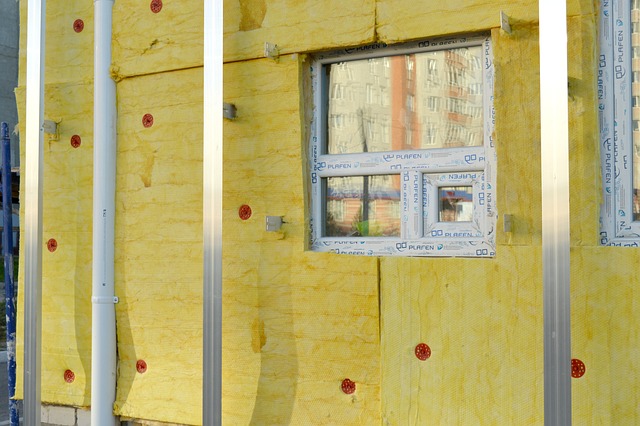Understanding the Rise of Telecommunication in Smart Cities
A smart city is a vision of urban development, integrating multiple information and communication technology solutions to manage a city's assets. Telecommunication plays a vital role in this evolution. In this article, we delve into the historical development, the current trends, and the challenges of telecommunication in smart cities.

History and Development of Telecommunication in Smart Cities
Telecommunication has always been at the heart of the smart city concept. The idea of creating a “smart” city dates back to the late 1960s when the concept of a computerized city was first introduced. But the real momentum began in the early 2000s with the rise of the internet and digital communication. The integration of telecommunication technologies like broadband, Wi-Fi, and mobile networks became the backbone of smart city projects, enabling efficient communication and data sharing across city infrastructures.
Current Trends in Smart City Telecommunication
Now, the telecommunication landscape in smart cities is dominated by the emerging technologies like AI, data analytics, and cloud computing. AI-powered chatbots are being used in many cities for public service delivery, while data analytics helps city managers understand and predict traffic patterns, energy usage, and other critical metrics. Cloud computing, on the other side, provides the necessary infrastructure for storing and processing vast amounts of data generated in smart cities.
Impact and Challenges of Telecommunication in Smart Cities
The impact of telecommunication in smart cities is immense. It has revolutionized the way we live, work, and play, creating a more connected, efficient, and sustainable urban environment. However, the deployment of these technologies also brings significant challenges. Privacy and security are major concerns, as the proliferation of connected devices increases the risk of data breaches. Moreover, the digital divide between those who have access to these technologies and those who do not is a pressing issue that needs to be addressed.
Practical Applications of Telecommunication in Smart Cities
Telecommunication technologies have numerous practical applications in smart cities. They are used for smart transportation systems, intelligent energy management, efficient waste disposal, and public safety, among others. For instance, in smart transportation systems, real-time data collected from sensors and cameras is used to optimize traffic flow and reduce congestion. In the energy sector, smart grids use telecommunication networks to monitor and control the distribution of electricity, resulting in energy savings and reduced carbon emissions.
Conclusion
Telecommunication in smart cities is a fascinating and complex field, with numerous opportunities and challenges. As the technology continues to evolve, it will undoubtedly play an even more integral role in shaping the future of urban development. Understanding its history, current trends, and practical applications is vital for anyone interested in the future of cities and technology.




